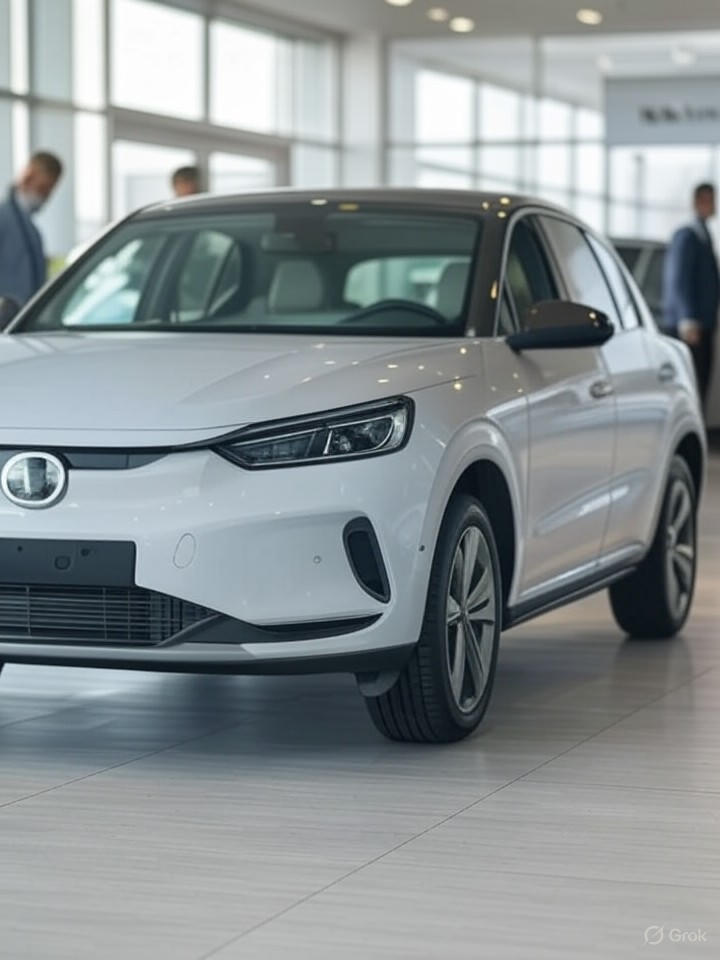The Surge in EV Sales Amid Policy Shifts
Electric vehicle sales in the U.S. have hit an all-time high this August, driven by consumers rushing to capitalize on federal incentives before they vanish. The impending expiration of the $7,500 tax credit, set for September 30, has sparked a buying frenzy, with dealerships reporting unprecedented demand. This spike comes as President Trump’s administration moves aggressively to dismantle policies supporting the shift to electric mobility, viewing them as burdensome regulations.
Analysts note that this temporary boom masks deeper uncertainties for the auto industry. Major manufacturers like Tesla and General Motors are seeing sales jumps, but the long-term outlook is clouded by potential rollbacks in emissions standards and tariffs on imported components. The rush is evident in data showing a 26.4% increase in new EV sales from June to July, reaching a record 130,082 units, as reported by Electric Cars Report.
Policy Reversals and Market Reactions
The Trump administration’s actions, including executive orders to reverse Biden-era EV policies, have accelerated the phase-out of incentives. A key milestone was the signing of an order in January to eliminate carbon emission rules, which directly impacts the tax credit’s viability. This has led to a paradoxical short-term boost, with buyers acting preemptively to secure rebates.
Industry insiders warn that post-September, sales could plummet without these financial crutches. Automakers are responding by rolling out their own deals, such as $100-a-month leases, to sustain momentum, according to Autoblog. Yet, pleas from the auto sector to preserve the credit have fallen on deaf ears, as House Republicans voted earlier this year to axe it entirely and impose new fees on EV owners.
Navigating the Deadline with IRS Flexibility
In a bid to ease the transition, the IRS has issued new guidance allowing buyers extra time to qualify for the credit, even if deliveries extend beyond September 30, provided contracts are signed beforehand. This clarification, detailed in reports from CNBC, gives consumers breathing room amid supply chain constraints.
However, this wiggle room may not fully offset the broader policy headwinds. Advocates argue the drop in sales will be temporary, pointing to underlying demand for sustainable transport, as noted in WFYI. Still, regional dealers are bracing for impact, with some predicting a halt in momentum once incentives dry up.
Implications for Automakers and Consumers
For companies like Tesla, the stakes are high, especially given Elon Musk’s endorsement of Trump, which could backfire if policies erode EV adoption. A Verge article from last year highlighted this gamble during Tesla’s sales slump. Now, with the credit’s end looming, manufacturers are scaling back production to match anticipated demand dips.
Consumers, meanwhile, face higher costs without subsidies, potentially slowing the transition to cleaner vehicles. As Trump targets the industry’s electrification push, success hinges on congressional support, per insights from The Verge. The current sales surge, while impressive, underscores a volatile period where policy decisions could reshape the future of American automotive innovation.
Long-Term Outlook and Industry Adaptation
Looking ahead, the elimination of the tax credit—originally set to last until 2032 under Biden’s plan—represents a seven-year acceleration of its demise via the “One Big Beautiful Bill Act.” This shift, as covered by TechSpot, forces automakers to innovate independently, perhaps through cost reductions or new financing models.
Ultimately, while the August boom provides a silver lining, it highlights the fragility of EV growth tied to government support. Industry leaders must now pivot toward self-sustained strategies, navigating a regulatory environment that prioritizes deregulation over environmental goals. As sales data from The Verge illustrates, this moment of frenzy may soon give way to a more challenging era for electric vehicles in the U.S.




 WebProNews is an iEntry Publication
WebProNews is an iEntry Publication